Nissan engineers switch to a dual-display system. Here are details!
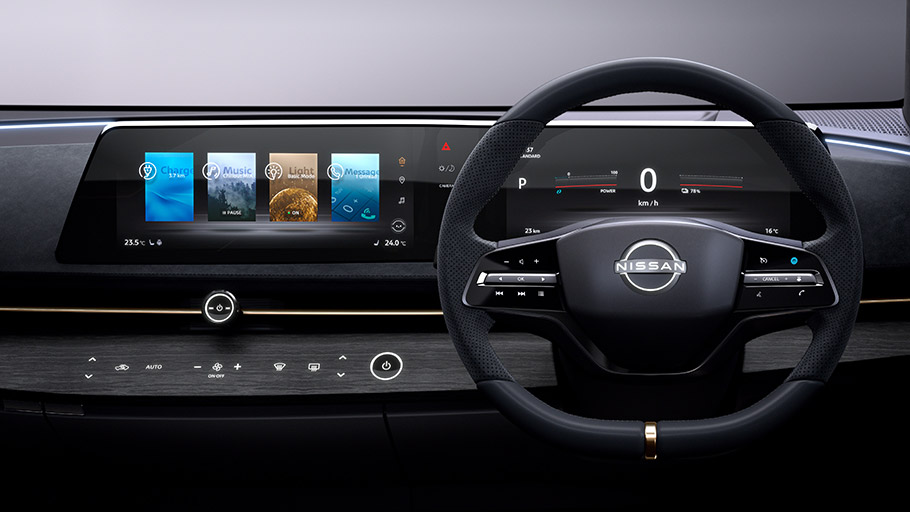 The contemporary design concept for new vehicles includes a large and bulky tablet-like digital screens that are placed somewhere on the dashboard. Although such super-sized displays may grab attention and are designed to be easy to use, Nissan team has decided to try something new – in order to retain the balance in the design and technology, brand's engineers and designers try out something new. Let's find out what!
The contemporary design concept for new vehicles includes a large and bulky tablet-like digital screens that are placed somewhere on the dashboard. Although such super-sized displays may grab attention and are designed to be easy to use, Nissan team has decided to try something new – in order to retain the balance in the design and technology, brand's engineers and designers try out something new. Let's find out what!
For its Ariya Concept, Nissan has prioritized the idea to remove the bulky tablet and insert a two-screen display reminiscent of a wave. This approach adds to the sense of horizon through the interior of the Ariya Concept crossover – from components in the door to the rear of the cabin. As expected, this idea is part of Nissan's Japanese Futurism design language.
In addition to conveying information better to the human mind, this particular layout projects information from a safer location – in the line of sight, closer to the road. By matching interior's horizon aesthetics, it becomes a seamless part of the dashboard. Brand's engineers call this engawa – the undefined space between where the driver is and where he is going.
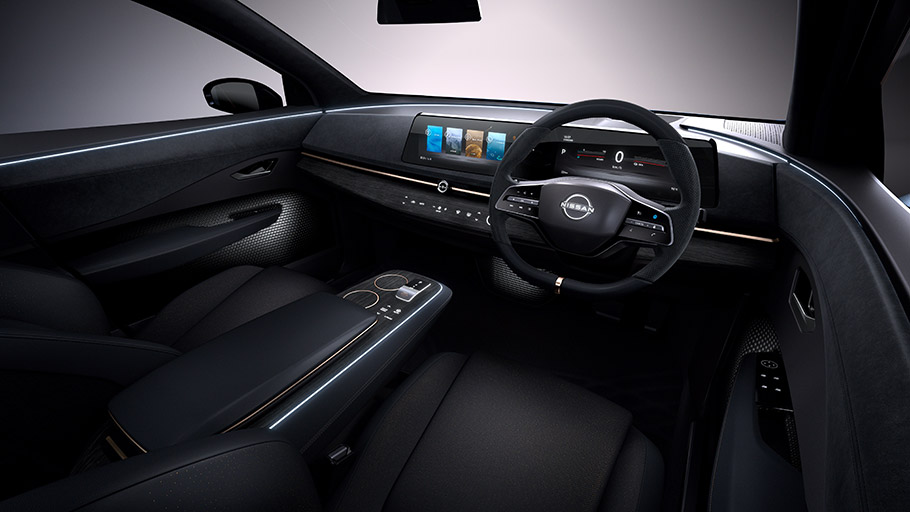
Although there are two screens, they are crafted in such a way that information can be swiped between them in such a way that a feeling of a single unit is created. For instance, if one wants to route directions and map in front of the steering wheel, they can appear there. They can also move to the center, or disappear when no longer needed.
SEE ALSO: Nissan proudly unveils Ariya Concept at the Tokyo Motor Show
Just like other parts of the Ariya Concept, the display is created in this particular way in order to convey a fully functional impression. From music to GPS, it was vital for designers to show the world that a futuristic Nissan machine is already present!
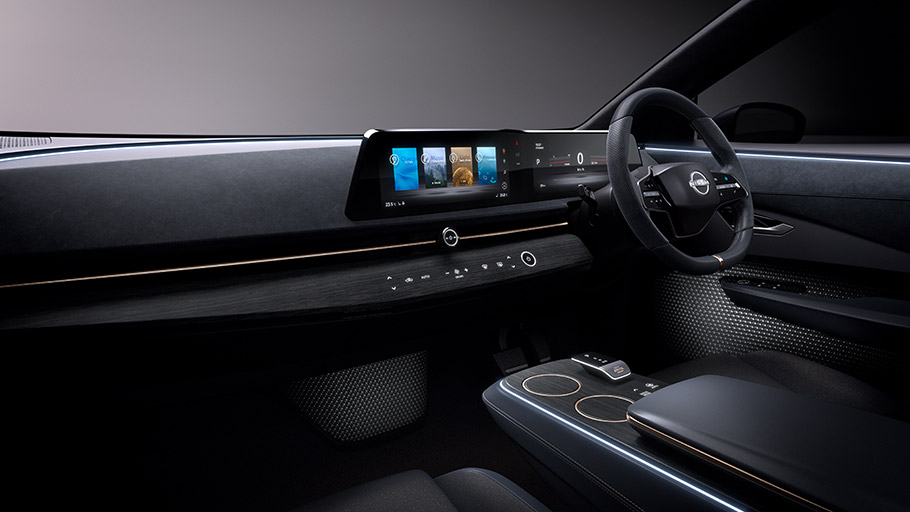
Source: Nissan
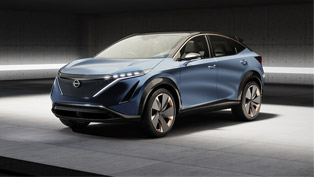
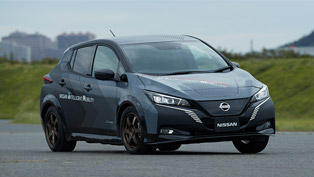
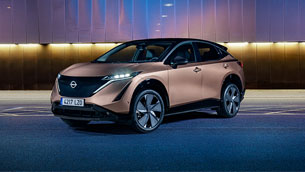
![Nissan Ariya undergoes a comprehensive engineering program for even better performance [VIDEO]](http://www.automobilesreview.com/uploads/2021/04/2021-Nissan-Ariya-FF.jpg)






